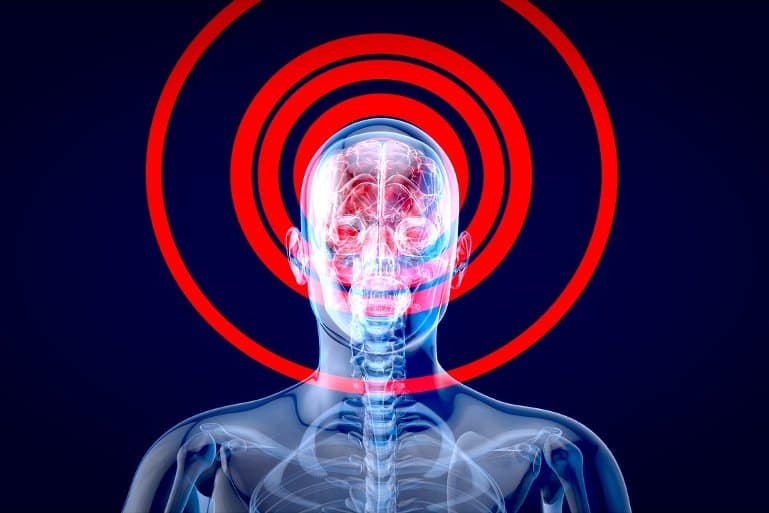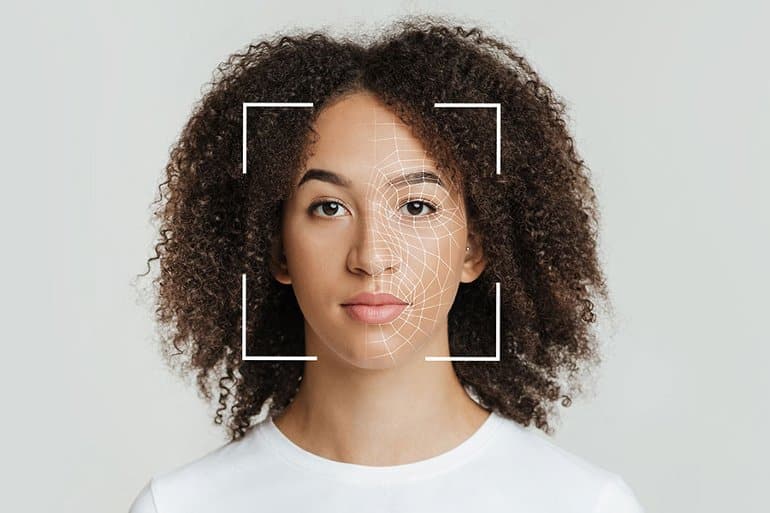Most children who undergo image-guided radiofrequency ablation for treatment of benign nonfunctional thyroid nodules have at least a 50% reduction in nodule volume 4 years after treatment, according to study data published in Thyroid.
“Radiofrequency ablation was effective in reducing the volume of benign nonfunctional thyroid nodules in children, providing significant symptomatic relief with a good safety profile during short- and long-term follow-up,” Xinguang Qiu, MD, of the department of thyroid surgery at The First Affiliated Hospital of Zhengzhou University in China, and colleagues wrote. “Radiofrequency ablation should be considered as a beneficial, minimally invasive treatment modality for selected pediatric patients.”

Researchers reviewed data from 62 patients aged 18 years or younger with benign thyroid nodules treated with radiofrequency ablation at The First Affiliated Hospital of Zhengzhou University from July 2014 to August 2017 (75.8% girls; mean age, 14.4 years). Participants underwent an ultrasonography prior to the procedure to evaluate thyroid nodule composition and symptoms and had follow-up 3, 6 and 12 months after treatment. After 1 year, follow-up visits were performed annually. Ultrasonography and laboratory tests were repeated at each follow-up visit. Volume reduction ratio was calculated to assess the extent of nodule volume reduction.
Of the study cohort, 54 children had one thyroid nodule requiring treatment, and eight had two thyroid nodules. At 3 months, the mean volume reduction ratio was 65.1%, and increased to 74.7% at 6 months and to 77.5% at 1 year. The mean volume reduction ratio was 60.3% at 2 years, 68.5% at 3 years and 55.1% at 4 years. Thirty-six nodules had strong echogenicity or hyperechogenicity at 3 months, and six retained these characteristics at 6 months.
Sixteen of the 70 nodules began to regrow after initial treatment. Of the regrowing nodules, 56.3% had a volume reduction ratio below 50%, indicating a loss in treatment efficacy. Of those that lost treatment efficacy, 66.7% became larger than before treatment. Three nodules underwent a second radiofrequency ablation and surgery was performed on two other nodules.
Children requiring treatment of bilateral nodules had a lower volume reduction rate (13.6% vs. 74.1%; P < .001), lower technical efficacy (56.3% vs. 90.7%; P = .001) and higher regrowth rate (68.8% vs. 9.3%; P < .001) compared with unilateral nodules.
“We found that bilateral nodules requiring treatment had lower volume reduction rates, lower therapeutic efficacy and higher rates of regrowth, and the presence of bilateral nodules was an independent factor related to efficacy and regrowth,” the researchers wrote. “The specific reason for these associations is unclear. In addition, such results have not been reported in adult studies. Thus, radiofrequency ablation may not be appropriate for the treatment of bilateral thyroid nodules in children.”
Nodules with a higher cystic component had a higher volume reduction ratio than those with a lower cystic component (72.4% vs. 46.7%; P = .001). Nodules with higher vascularity had a lower regrowth rate than those with low vascularity (12.1% vs. 32.4%; P = .043). In all, 4.8% of patients had complications from the procedure.
The researchers wrote that radiofrequency ablation provides benefits for many patients, but those who undergo the procedure require long-term follow-up and the lack of a pathological exam means providers can not rule out malignancy.
“This treatment requires specialized treatment centers, specialized equipment, and highly skilled and experienced physicians, so access to radiofrequency ablation may also be a barrier to its use,” the researchers wrote. “Therefore, we believe that radiofrequency ablation is more likely to be a complementary treatment modality to surgical treatment.”













